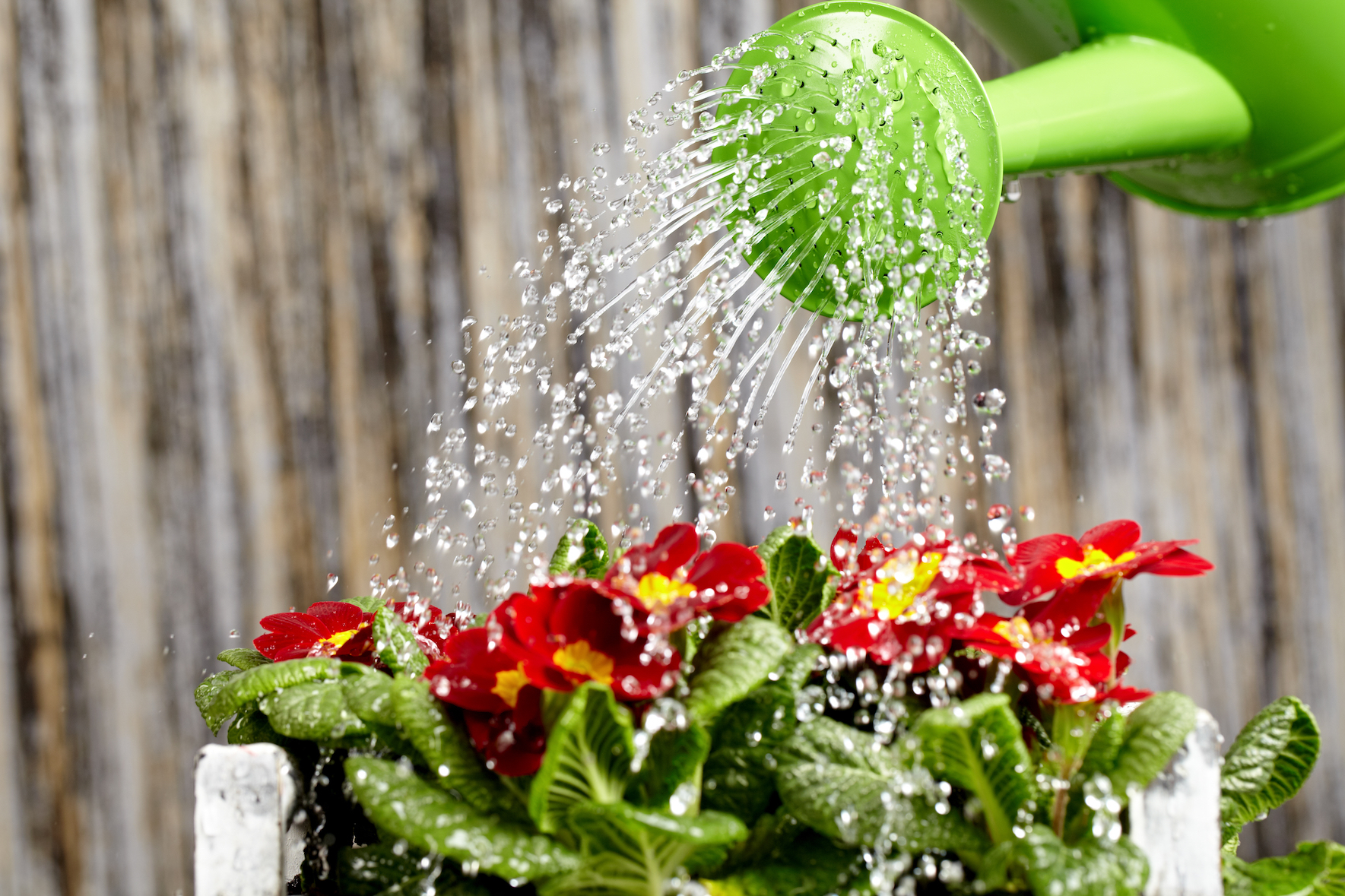
How to keep your plants healthy during extreme summer heat
Measuring a plant’s water use and understanding how plants use and conserve water in different climates can help calculate which plants are under heat stress on both a global scale and in your own garden.
Alastair Culham, Associate Professor of Botany at the University of Reading, recently wrote a piece for The Conversation examining various optimal watering methods to ensure that garden flowers and vegetables thrive even with the recent record-breaking summer temperatures sweeping the globe as of late.
“All living things need water to allow chemical reactions in their cells that provide energy for growth,” Culham wrote. “Plants also need water to carry nutrients from the soil to the growing cells.”
Keeping gardens healthy and thriving takes more than just watering plants on a daily basis.
A good green thumb means understanding what to look for in the soil and leaves so that plants can photosynthesize effectively.
As temperatures climb, plants need more water and attention, but when is the best time to water your own garden.
“Evening watering gives plenty of time for the water to penetrate the soil and for the plant to take it up, but there is a concern that leaves staying damp overnight will provide access to disease,” wrote Culham. “On the other hand, morning watering means leaves will dry out faster – but there is less opportunity for the water to penetrate the soil and for plants to take it up before the day gets hot.”
According Culham, it is best to keep plants out of direct sun and water them in the very early evening or early morning.
This will allow plenty of time for the leaves to dry out but still provide enough water for the chemical processes of the plant.
If you notice wilting in your plants, it might not be an immediate cause for concern. Some plants use wilting as a way to conserve water, but it’s important to keep a steady eye on the plants and soil.
Overwatering is also a problem because even if the top surface layer of soil is dry the plant could still be getting plenty of water from lower layers.
All in all, to ensure a healthy garden, keep plants watered, out of the sun if possible, and pay close attention to how much water is being taken in by the plants as this can help show how much heat stress the plant is under.
“So the message is clear, enjoy your garden in the heat, but remember that your plants are similar to us humans – they too enjoy a bit of shade and a nice drink,” concludes Culham.
—
By Kay Vandette, Earth.com Staff Writer













